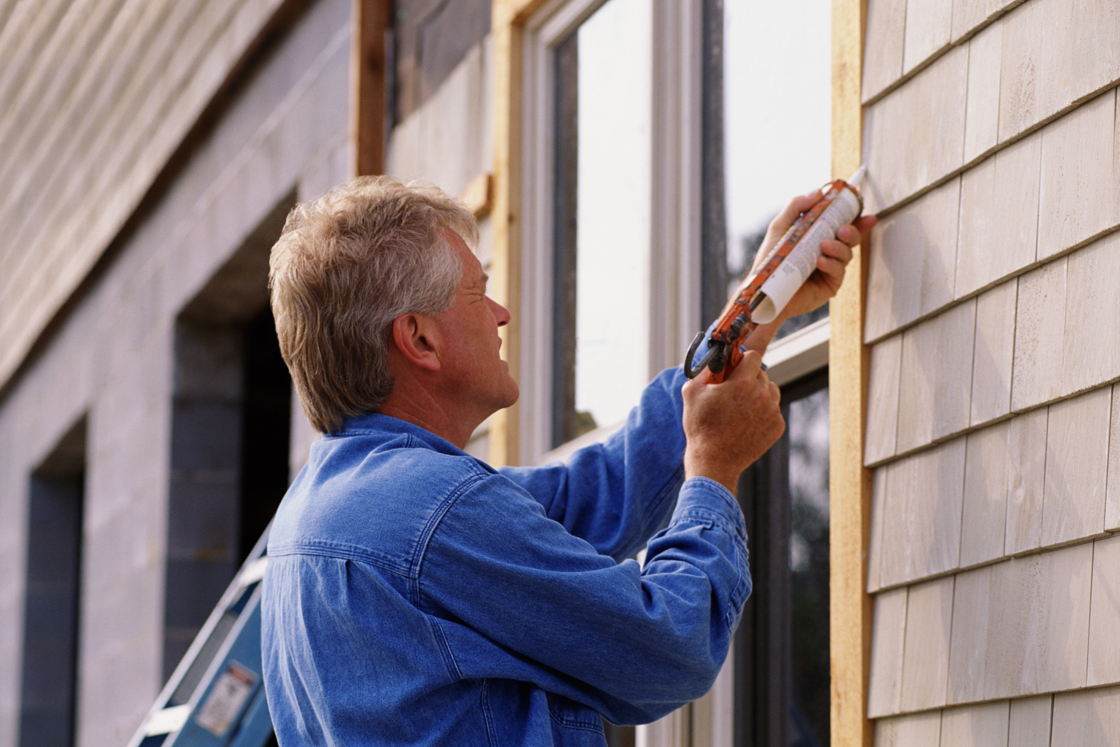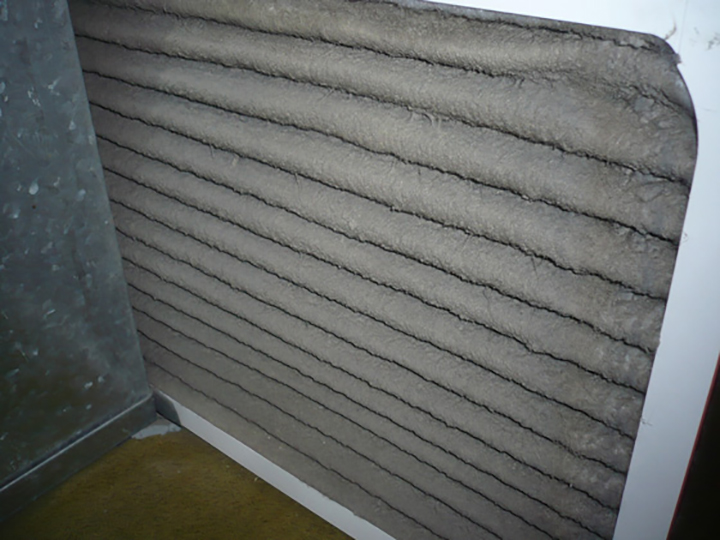TORONTO – One of the best ways to save money at home is by cutting down how much you spend on your energy bills each month. This means finding ways to use less electricity, gas and water without compromising comfort. Below are six ways you can make your home run cheaper.

Add more insulation to your home
Not running your furnace or air conditioner constantly without feeling cold in the winter or hot in the summer requires your home to be properly insulated. Insulation works by keeping outdoor air from getting inside your home and conditioned indoor air from escaping. Adding the right amount of insulation to your attic and unfinished basement should be top priority, followed by exterior and interior walls, floors and around windows and doors.
“Ensuring that you have an insulation that has a tight fit is key when insulating your home,” Kim Friedrich, product specialist at insulation manufacturer Roxul told Global News.
Insulation is rated based on a measurement of resistance the material has to the movement of heat. This is most commonly referred to as an R-value. The higher the R-value the more effective the insulation is.
“With regards to your attic, we would recommend an R-60. For the basement it would be around an R-20,” Friedrich said.
Caulking around the outside of windows and doors and insulating light switches and receptacles on exterior walls with special foam inserts is also a good idea. Wrapping hot water pipes with pipe foam will help lower the cost of heating water and will also prevent the possibility of pipes freezing in the winter.
There are many other factors when adding insulation to your home and your savings will depend on where you add it and what type of insulation you use. For more information, read our article, what you need to know about home insulation.
Use a programmable thermostat
Using a programmable thermostat helps keep your heating and cooling system on a schedule so that your furnace is not struggling to raise the temperature in your home in the winter and that your air conditioner is not running all day when you’re at work. Smart thermostats, like the Nest Learning Thermostat or ecobee3, give you even more capabilities to monitor and control your usage, and offer incentives to use less energy.
READ MORE: 4 ways to make your home smarter
Programming your thermostat between 21C and 23C in the winter is the most efficient and, according to Direct Energy, you can save up to four per cent on your heating bill in the winter by adjusting your thermostat to the lower temperature at night and during the day when you’re at work.
Before purchasing a programmable thermostat, check with your local utility company to see if you’re eligible for a free or discounted unit.
Install a tankless water heater
Conventional water heaters waste a lot of energy storing and keeping water warm in a large tank. Tankless, or on-demand, units quickly heat water when needed and, because they don’t store water, use very little — if any — energy when not in use.
The energy efficiency (or energy factor) of a water heater is calculated by how much hot water is produced per unit of fuel. The higher the number, the more efficient the unit is. Conventional natural gas water heaters have an energy factor between 0.67 and 0.69. Most non-condensing tankless units fall between 0.82 and 0.89, while condensing units sport an energy factor between 0.90 and 0.99.
FROM HGTV.CA: Smart Energy Choices to Stretch Your Reno Dollars
Up front costs associated with tankless units are pricier than conventional water heaters, but the savings associated with using them make up the difference in the long run. Most tankless units have a lifespan up to 20 years, which is much longer than the average life of a conventional model, which is between 10 and 13 years.
Tankless water heaters are not for everyone. If you plan to rent or buy one do your research and speak with your local utility to ensure you can install one in your home.
Limit water usage
Whether you install a tankless water heater or not, using less water in general is one of the best ways to save money on your energy bills. An easy way to cut down on usage is by installing energy efficient shower heads and aerators on faucets. These devices limit the amount of water that comes out of the tap without lowering the water pressure. They don’t cost that much, are easy to install and can cut your usage down from 10 to 11 litres per minute to 3 to 4 litres.
WATCH: How to install a low-flow faucet aerator
Adding a low or dual-flush toilet or retrofitting your existing one with a low-flow kit can save thousands of litres of water a year from being flushed, amounting to big savings. Using barrels to catch and store rain water around your yard during the spring and summer months is a good way at keeping your garden and lawn watered without wasting the water you’re paying for.
Other simple ways to limit water usage around your home include not running the faucet while you brush your teeth or shave and to fix any leaky pipes or taps. These little things can make for big savings over time.
Switch to LED bulbs
LED bulbs have drastically dropped in price over the last few years while also being fine-tuned to better represent the same colour and light given off from incandescent bulbs. An equivalent 60W LED bulb can use as little as 9W of energy and lasts an average of 25,000 hours (or 23 years when used for three hours a day). A regular 60W incandescent bulb lasts 1,000 hours on average.
Using a 9W LED bulb for three hours per day will cost you $1.08 a year (when calculated using a peak hydro rate of $0.11 kWh). Using the same rate, running a 60W incandescent bulb for three hours per day will cost you $7.23 per year to run. Calculate that over the course of 23 years (or the life of an LED bulb) and you’re looking at spending $166 on hydro on top of the cost to replace the bulb multiple times. Add up how many bulbs you have in your home and the savings become even greater when switching to LED bulbs.
For more information on LED bulbs, read our article, what you need to know about LED bulbs.
Clean/change your furnace filter regularly
Keeping your furnace and furnace filter clean helps your furnace run more efficiently. A proper cleaning of the entire furnace should be done once a year, usually before turning the heat on in the winter, and filters should be cleaned (if you have a reusable one) or replaced every three months.
“Filters play a big role in how efficiently your furnace runs,” said Dave Walton, director of home ideas at Direct Energy. “By making sure you regularly change or clean them, you can save approximately $50 each year on your energy bill.”
The area around your furnace should also be kept clear and air return vents and floor registers should not be blocked.
To learn more about furnace filters, read our article, what you need to know about furnace filters.
SOUND OFF: How do you save money on your energy bills? Let us know in the comments below or on our Facebook page.









Comments